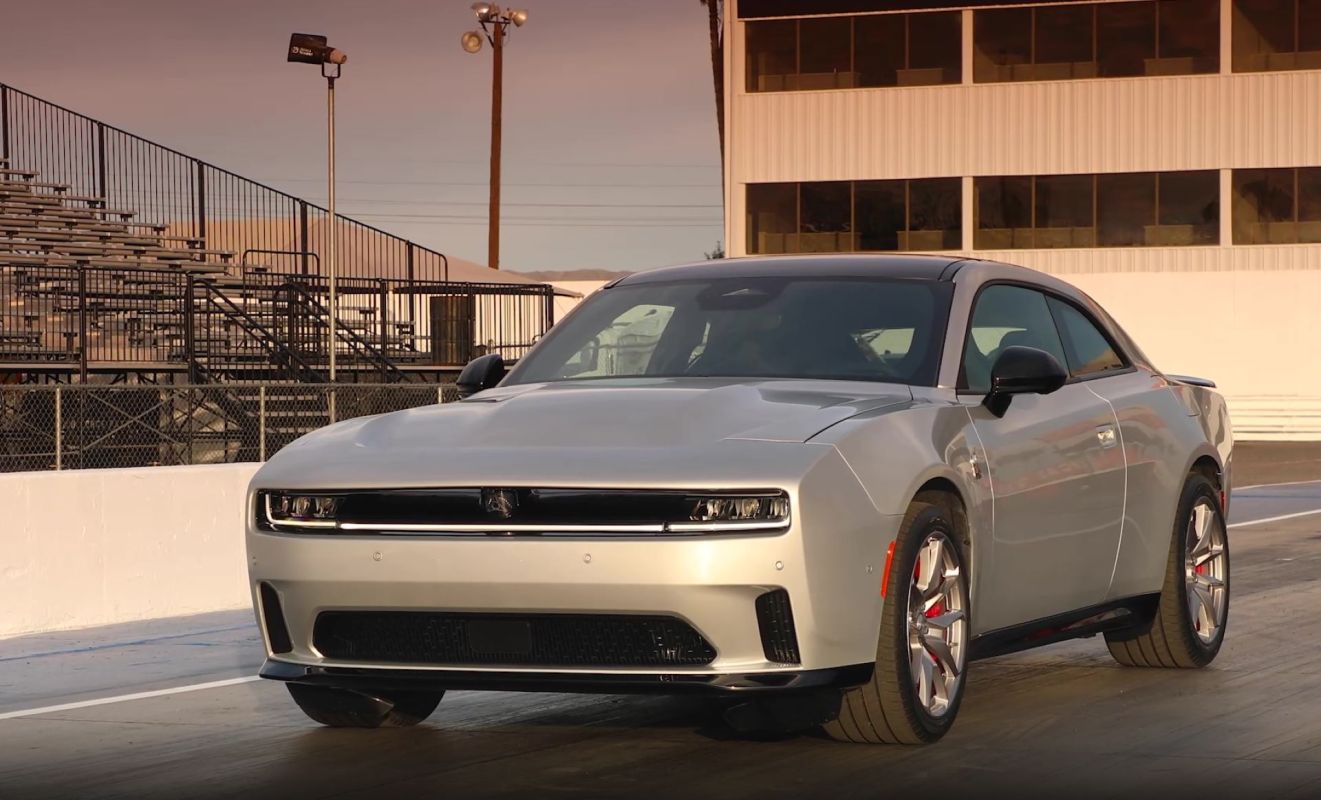Dodge has announced its first electric vehicle, the 2024 Charger Daytona EV, and called it the "world's first and only electric muscle car."
According to Electrek, the vehicle will feature all-wheel drive, a high-voltage battery pack, and a 400-volt propulsion system with zero tailpipe pollution and instant torque.
Muscle car drivers who value the aggressive revving of an engine, fear not: Although it's an electric vehicle capable of near-silence, the Daytona will also use passive radiators to generate sound as loud as a Hellcat (though you can still switch into stealth mode if preferred).
The EV will have over 317 miles of range, while the Scat Pack (the higher-performance version) will have 260 miles of range — and both will be able to charge from 20% to 80% in under half an hour.
Two-door models will begin production in mid-2024, while four-door models are expected to be produced early next year.
Dodge brand chief executive officer Tim Kuniskis has lauded the new model, saying "the next generation of Dodge muscle has arrived" in a statement announcing the Daytona EV.
Electric vehicles aren't just beneficial for the environment — they're also becoming increasingly affordable.
Federal policies like the Inflation Reduction Act can help customers save thousands of dollars on EVs via tax credits, and that's not including state-level policies in places like Minnesota, Colorado, and California. We also estimate that you can save up to $1,500 per year on fuel, as charging an electric vehicle is much more cost-effective than refueling a gas-guzzler.
EVs are also essential on our path to a greener future. Although the production of EVs does create some pollution and valuable minerals are required to create EV batteries, they're still far more climate-friendly than dirty-energy-using counterparts (especially since all vehicle production creates pollution, and other types of vehicles require disruptive mining to produce their fuel, too).
The annual difference between a traditional gas-guzzler and an electric vehicle in carbon pollution is almost 10,000 pounds, according to the Department of Energy. That means every electric vehicle could prevent 100,000 pounds of pollution from entering the atmosphere each decade.
Join our free newsletter for cool news and actionable info that makes it easy to help yourself while helping the planet.









